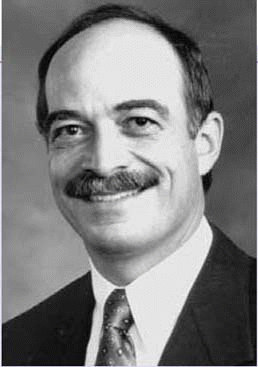For post-op debridement, you need to be reasonable using this, stressed Dr. Setzen. We want to be fair to insurance carriers so that we can continue to be reimbursed.
Explore This Issue
August 2006Balloon Sinuplasty Coding
Clearly document when and why you used IGS. Be specific about when you used it during surgery, and note it in detail in your operation report. If you get denied, send a copy of that report. – -Michael Setzen, MD
This is a controversial issue, said Dr. Setzen. All it is is a technology incorporated into traditional surgery-it’s not a technique. The Academy created a task force that said if you just use balloon technology for a procedure, you should use the code 31299, or the ‘unlisted’ code. He stressed that you must include documentation with this code to get paid, and be very explicit.
Anne H. Burns, CPC, senior coding specialist for the AAO-HNS, covered the next three topics.
Medical Necessity and Explanation of Benefits
Medical necessity, said Ms. Burns, is defined by insurance carriers as providing services which are reasonable and necessary (or appropriate) in light of clinical standards of practice. This definition is linked directly to Local Coverage Determinations (LCDs), which can be found on each carrier’s Web site.
Explanations of benefits are listed at the end of LCDs, and tell you if the claim was denied for medical necessity, financial issues, or administrative issues. (An example of an administrative issue: the patient no longer has that insurance or the service isn’t covered.)
Ms. Burns recommended that you schedule a monthly analysis of denial reasons to get a comprehensive view of why your practice received denials for services provided. It’s important that your staff knows the policies for all your major carriers, she added.
Radiology Coding Issues
Radiology is growing: Imaging services increased 44 percent between 1999 and 2001, with those 65 years old or older using these services twice as much as 45- to 64-year-olds and three times more than 20- to 44-year-olds. As imaging services increase, payers become concerned, which will result in cuts in Centers for Medicare and Medicaid Services payments for these.
Today’s hot topic in imaging is office-based imaging, said Ms. Burns. If you’re doing office-based imaging, you should establish your own list of codes. Don’t just check off a code on your super-bill.
The next three topics were covered by Joseph B. Jacobs, MD, who is Professor of Otolaryngology and Director of Rhinology at New York University Medical Center in New York City and a past President of the ARS.
Modifiers and FESS Coding
Dr. Jacobs pointed out that level 1 modifiers are listed in the American Medical Association CPT manual appendix. These modifiers impact the code description without changing the core meaning, he explained. They also serve to provide additional information regarding the service. The most common modifiers for otolaryngologists include:

Leave a Reply